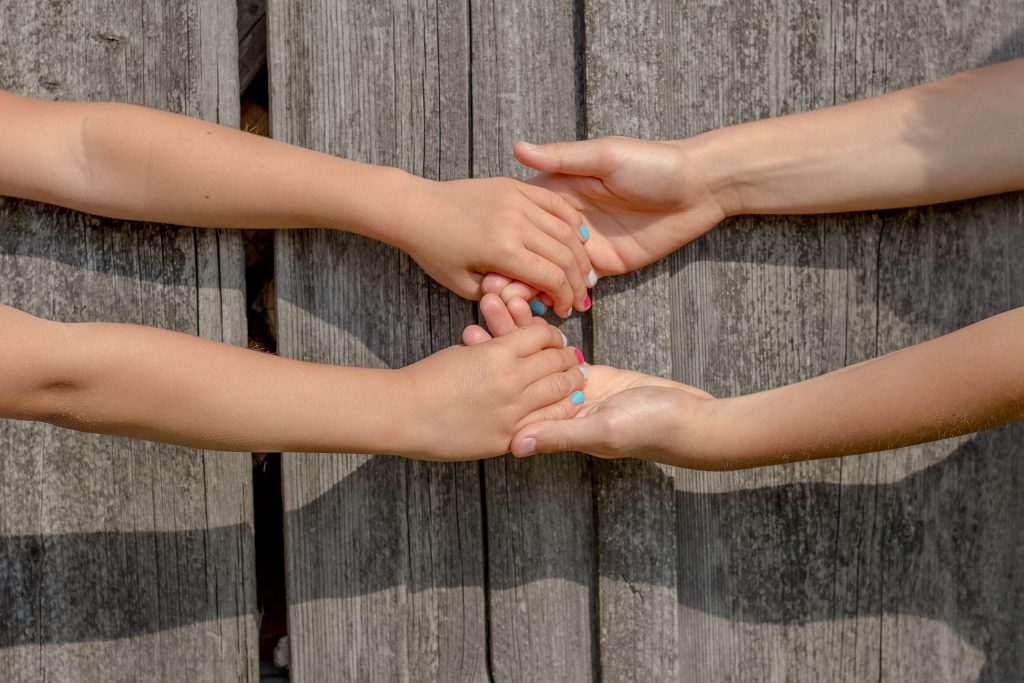The Startling Decline in Child Poverty
Study finds it's down 65% in Wisconsin and 59% nationally since 1993, driven by government aid.
It’s one of the most famous quotes by Republican President Ronald Reagan: “The federal government declared war on poverty, and poverty won.”
The quip became an easy way to support attacks on government aid for the poor, because such spending supposedly didn’t alleviate poverty. But according to a comprehensive new study by Child Trends, a nonpartisan research group with an expertise in statistical analysis, done in cooperation with the New York Times, childhood poverty in the U.S. has declined by 59% since 1993.
In Wisconsin, meanwhile, the percent of children in poverty dropped from 18.7% in 1993 to 6.5% in 2019 — a stunning 65% decline.
The study found that child poverty fell in every state during that period, and by about the same degree among children who are white, Black, Hispanic and Asian, living with one parent or two, and in native or immigrant households.
What explains this remarkable decline? The study found that “lower unemployment rates, increases in single mothers’ labor force participation, and increases in state minimum wages explained about 33 percent of the overall decline in child poverty.”
As of 2019, the Earned Income Tax Credit, Social Security, and the Supplemental Nutrition Assistance Program (SNAP) contributed the most to protecting children from poverty, the study found. Also important were government housing subsidies, free and reduced price school meals and federal Supplemental Security Income.
The study found the average family lifted out of poverty received nearly $18,000 in benefits — more than 40 percent of its after-tax income.
This remarkable change has come since President Bill Clinton signed a law from a Republican Congress to end the old AFDC program and “welfare as we know it,” slashing payments to parents without jobs. But Clinton also expanded the earned income tax credit.
The study suggests both are right, but with government aid the more important factor.
“This is an astounding decline in child poverty,” said Dana Thomson, a co-author of the study. “Its magnitude is unequaled in the history of poverty measurement, and the single largest explanation is the growth of the safety net.”
Renee Ryberg, another co-author, said the poverty reduction means a much brighter future for millions of children. “A childhood free of poverty predicts better adult outcomes in just about every area you can imagine, including education, earnings and health,” she said.
While Wisconsin did better than the national average in reducing child poverty during this period, it trailed some of its neighborhood states. Illinois and Michigan showed the same decline (65%) as Wisconsin from 1993-2019, but Minnesota had a 76% decline and Iowa a 68% decline in child poverty. Back in 1993 Wisconsin had the lowest percent of children in poverty among the five states, but by 2019 Minnesota (at 4.8%) and Iowa (6%) ranked below Wisconsin (6.5%) in the percent of children in poverty.
The new study shows a greater reduction in child poverty than previous studies due to an approach that used the Census Bureau’s Supplemental Poverty Measure. “Unlike the outdated Official Poverty Measure, the supplemental measure counts billions in tax credits, SNAP and other benefits, and adjusts for local living costs, providing a more accurate tally of household resources,” the Times noted.
And while all groups of children saw similar declines in poverty, that still left a racial gap, with Black and Latino children about three times as likely as white children to be poor. Past studies have shown Wisconsin has a larger gap than the nation in the relative level of minority versus white childhood poverty.
Murphy's Law
-
National Media Discovers Mayor Johnson
 Jul 16th, 2024 by Bruce Murphy
Jul 16th, 2024 by Bruce Murphy
-
Milwaukee Arts Groups in Big Trouble
 Jul 10th, 2024 by Bruce Murphy
Jul 10th, 2024 by Bruce Murphy
-
The Plague of Rising Health Care Costs
 Jul 8th, 2024 by Bruce Murphy
Jul 8th, 2024 by Bruce Murphy






















Republicans wont like this.
Anyone who insists on working backwards won’t like this.
It’s a win for all, and shows that balanced approaches are usually best (go figure).
This also blows away the myth that government assistance doesn’t alleviate poverty.
You can’t fight poverty with bake sales.